Summary
- Many “smart” kitchen gadgets lack meaningful improvements and are not worth the extra cost.
- The best coffee is brewed using inexpensive, basic tools and good technique which even pricey machines struggle to match.
- Some smart gadgets are perfectly at home in your kitchen, including smart lighting, speakers with voice assistants, and smart plugs and outlets.
The “smart” prefix can be slapped on just about any product you can think of, whether it’s warranted or not. While products like smart bulbs and thermostats open the door to powerful automations, many connected gadgets fall flat.
Nowhere is this truer than in the kitchen, a space many of us dream of improving with meaningful tech upgrades. The reality is that you can usually get the same or better results by spending your money on dumb alternatives instead.
Beware the Marketing Hype
Technology trends can be a blessing or a curse. Sometimes they meaningfully improve our lives, and other times they’re used to draw your attention to products that have little to offer.
A lot of the time, manufacturers turn to trending aspirational terms like “smart” or “AI” to make their products seem more revolutionary than they once were. There are no rules governing the use of these terms. A steam engine is “smarter” than the horse it replaced and just about any kind of logic-based programming could be deemed “AI.”
Case in point: this Tefal rice cooker with “Fuzzy Logic Artificial Intelligence for precise, automatic adjustment of cooking time and temperature for optimum cooking performance.” Rice cookers are essentially perfect appliances, and have offered automatic cooking since the mid 1950s.
Since water boils at 212ºF (100ºc), rice cookers rely on a small temperature sensor to shut off the heating element whenever the temperature rises above this threshold. The temperature can only reach these higher temperatures once the water has been fully absorbed, indicating that the rice is cooked. It’s simple, and it’s genius. But it’s not AI, and the technology hasn’t changed for a long time.
Smart kitchen scales, like the Renpho Food Scale are just regular scales with companion mobile apps. Using a Bluetooth connection, they send the weight reading to a smartphone so that you can manually look up nutritional information about what you’re measuring. While this sounds fine in theory, it’s nothing a simple web search couldn’t solve. Many voice assistants, like Google Assistant and Amazon Alexa, could quickly tell you “calories in 3.5oz of blueberries” without the need for yet another app.
Sometimes, these terms are applied to products that have existed for years without the smart moniker. The Chef iQ Cooker is a pressure cooker, like an Instant Pot, that leans into the smart trend with app support and a color screen. These appliances have had preset programs for specific foods since they hit the market. It’s not that the iQ Cooker is bad, but the core functionality and many of the trimmings are largely unchanged from the one that’s gathering dust in your cupboard.
There are some benefits to products that meaningfully integrate features like remote start and notifications, but don’t be taken in by marketing efforts to make a product seem smarter than it is. Ultimately, the results are the most important outcome.
Convenience at a Price
I consider myself to be a bit of a coffee nerd, and this affliction has led me down some rabbit holes over the years. I’m always looking for new ways to make coffee at home, preferably on a budget. One thing I’m convinced of is that technology cannot yet match technique.
For good coffee, the best thing you can spend your money on is good beans. This is closely followed by a decent entry-level coffee grinder that uses a set of burrs. In terms of actually making the coffee, I’ve had the best results with the cheapest plastic cone coffee maker (Hario’s V60 is my go-to). Some people prefer a fancy glass Chemex, while for others the Aeropress is king.
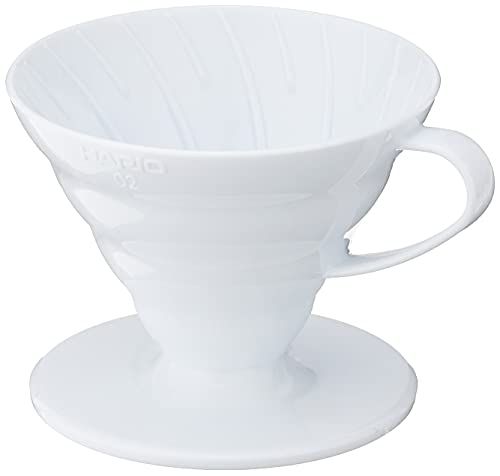
Hario V60 Plastic Coffee Dripper, Size 02, White
The Hario V60 is one of the most popular and successful pour-over coffee brewers. Just add a paper filter, ground coffee, and hot water.
If, like me, you have a problem; you might have a cupboard that’s full of these things. And that’s ok because they’re relatively inexpensive tools that give you different results and satisfy a creative itch. Learning to make coffee well, in a manner that you enjoy, may take longer to master than simply hitting a button; but the results are worth it.
Gear acquisition syndrome is just as real in the coffee world as it is for musicians and photographers. Before long you’ll be browsing for gooseneck kettles that make it easier to pour slowly, or an expensive set of coffee scales so that you can carefully add enough water within a set window of time. But you can just as easily stick with a regular old kettle and a set of cheap kitchen scales (or just eyeball it, if you’re wild at heart).
Compare this to a pricey all-in-one device like the xBloom Studio ($599). This is undoubtedly a good coffee machine, but it’s more than twice the price of a pour-over “starter kit” that consists of a quality grinder like the Baratza Encore, a fancy Hario weighing scale, and a plastic dripper. If quality coffee and control over the outcome are your primary goals, you’re better off saving your money and honing your skills.
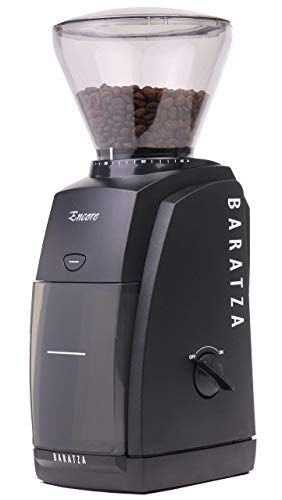
Baratza Encore Conical Burr Coffee Grinder (Black)
If you’re prepared to spend a bit of money on an entry-level pour-over or immersion brewing setup, spend it on the Baratza Encore.
At the risk of diluting my point; it’s fair to crave coffee that’s good enough and the convenience of a machine to make it for you. Some of these machines offer genuinely helpful smart features, like timers that make coffee for you in the morning. Just remember that you can often achieve the exact same result with a smart plug and the cheapest drip coffee machine that money can buy.
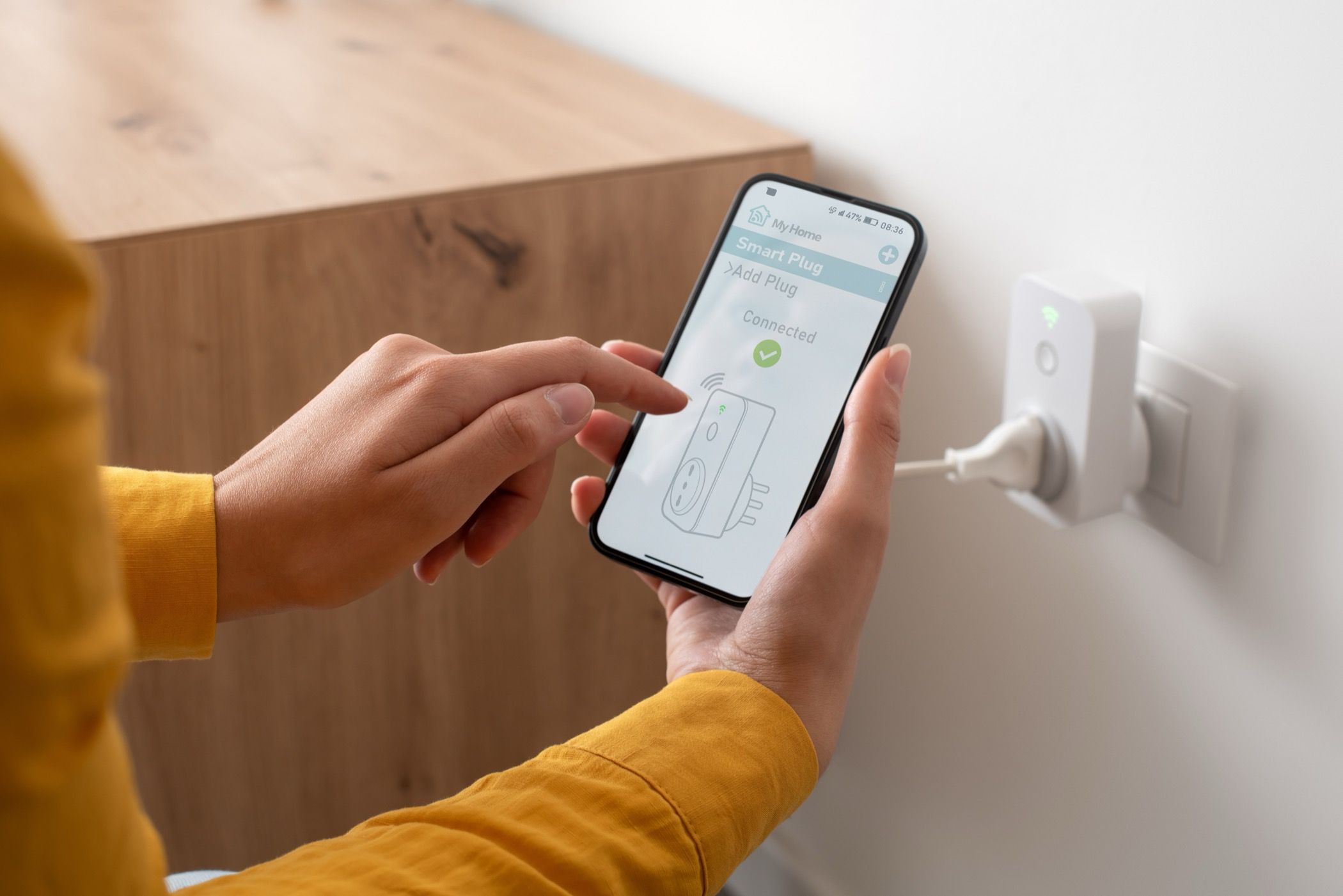
Related
Smart Plugs and Power Outlets Might Be the Best Smart Home Upgrade
Give your old devices a smarter future.
Dumb Appliances Are for Life
How-To Geek’s Tyler Hayes declared the June Oven to be “the best smart home appliance that ever existed.” After the company was acquired by Weber Grills in 2021, the June Oven range appears to have been discontinued. Tyler noted that features like the integrated camera and actually useful AI made it a must-have in his kitchen.
Observing that the range was being effectively discontinued led Tyler to hunt for replacements. As a reviewer, he tried out newer models like the Brava Glass and adjacent products like GE’s Smart Indoor Smoker but they all fell short. Most of us have items in our house that we’d immediately replace tomorrow if they broke today, but the smart home world sees products rapidly come and go and even stop working altogether.
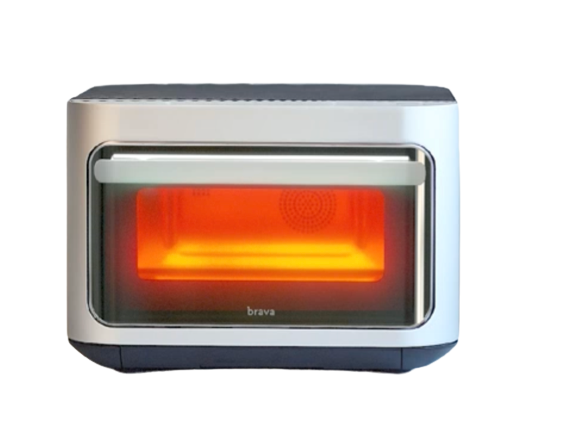
Brava Glass
Brava Glass features a specially formulated, double-layered, high heat-resistant glass door. Engineered to withstand the hottest temperatures, it provides a front row seat to witness the magic of Brava’s revolutionary cooking technology.
Tyler remarked that “When I think about needing to eventually replace the June Oven, the loss I prematurely grieve is one of convenience.” But this isn’t necessarily the case with other, dumber gadgets. The good news is that much of this tech is becoming more widespread. These features will make it into conventional oven ranges, eventually.
The thing is, how often do you replace an oven? And how much are you willing to bet that the oven with this year’s smarts is worth the price tag and the next 20 years of meals you’ll be cooking? A manufacturer deciding to discontinue a product and disable connectivity that you rely on—servers or mobile apps that enable features like notifications or preheating—is a very real possibility.
This is to say nothing of the cost that you’ll pay for being an early adopter, since this is still an emerging field.
Smart Features Aren’t Always Worth the Price
Smart fridges are probably the most egregious of all smart kitchen appliances. They effectively put a tablet computer on the fridge door, add Wi-Fi connectivity, and sometimes put cameras inside the fridge so that you can get a sneak peek without opening the door. In theory, this doesn’t sound like a terrible idea.
In practice, current offerings are little more than expensive gimmicks. Depending on where your fridge is (look up the kitchen work triangle for some good ideas), the display is obscured and too small to make much use of from the bench. Having a recipe on your fridge isn’t of much use if you can’t see it. And fridge cameras have a limited field of view, plus they’re limited to higher-end pricier models.
This makes the smart fridge little more than a halo product, designed to draw. It doesn’t do a better job of chilling your groceries, but you will pay for it to the tune of hundreds of dollars more than a regular fridge. For the money, you’re better off buying an iPad or Android tablet and a kitchen stand that you can position right next to you on the bench while you cook.
Plenty of Smart Gadgets Work Great in the Kitchen
As someone who is eyeing a complete kitchen makeover, I’ve spent a lot of time thinking about gadgets that could meaningfully make my limited cooking space more functional. So far, I’ve landed on more conventional smart home gadgets like bench-illuminated LED strips that activate on motion, smart speakers that I can use to quickly populate a shopping list, and maybe a dishwasher that I can automate to start its cycle while I sleep.
An iPad that spends most of its time in the kitchen sounds like a great idea. A small HomePod mini that extends Apple’s whole-home audio to my kitchen is already on my wishlist. I’m already planning to install Matter-enabled smart plug sockets like the TP-Link Tapo P210M all over the house, including the kitchen.
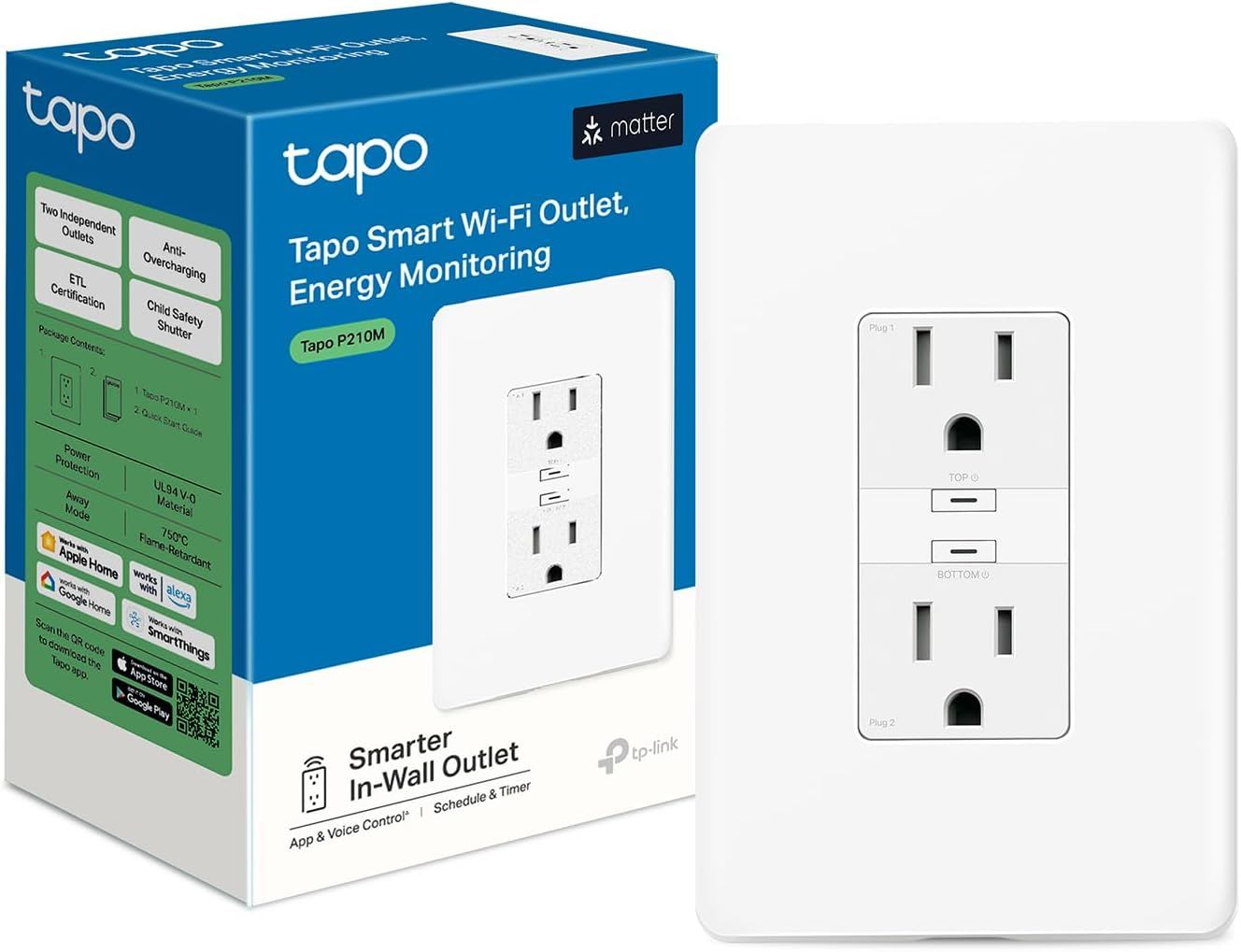
TP-Link Tapo P210M
The TP-Link Tapo P210M smart outlet takes the features of a Tapo smart plug and integrates it directly into a power outlet. This is also one of the first smart outlets to come with Matter compatibility, enabling it to work with just about any smart home ecosystem.
But when it comes to the oven, my caffeine fix, and keeping my milk cold; I’m sticking with the dumb alternatives and saving some money for now.


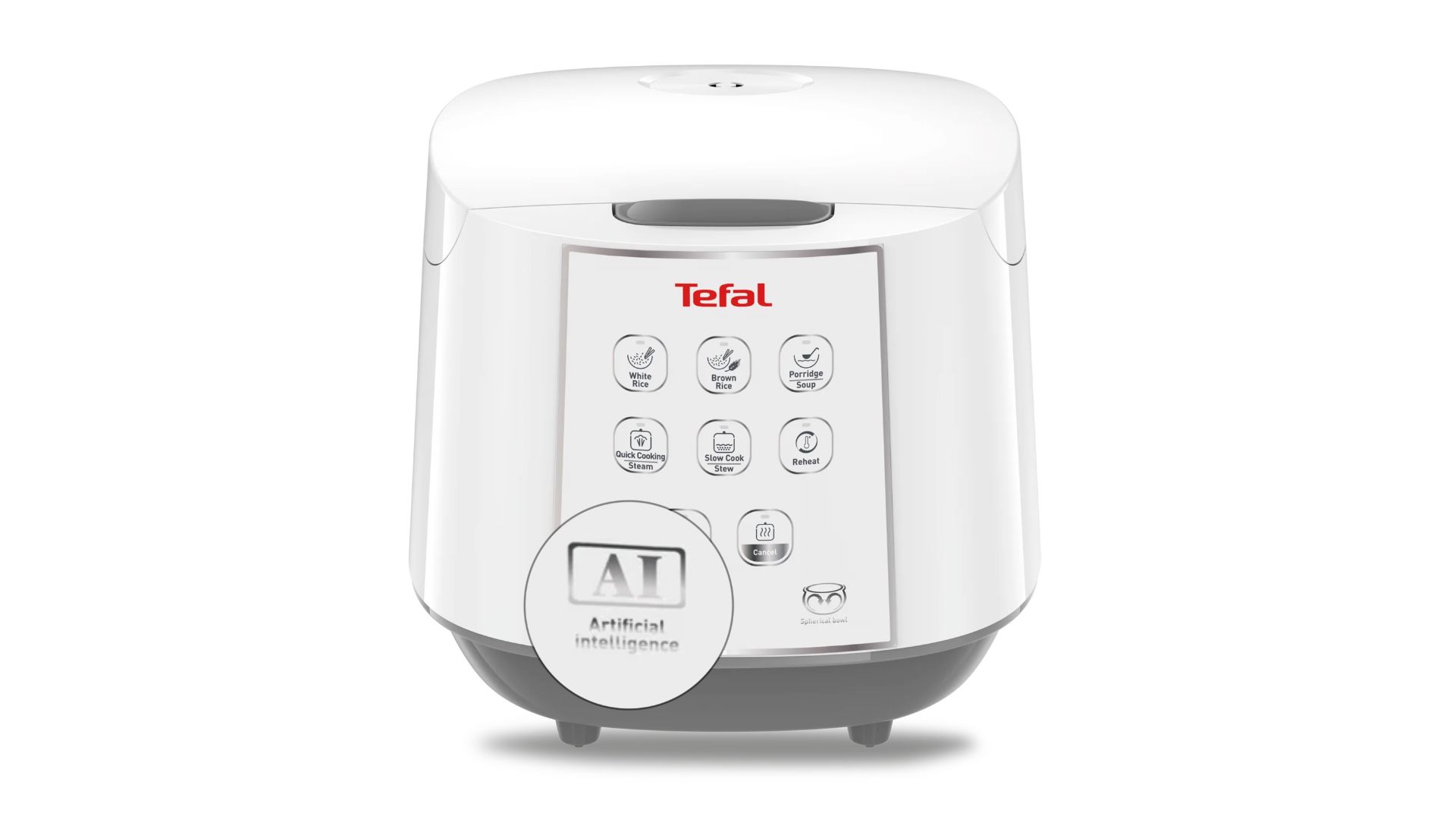
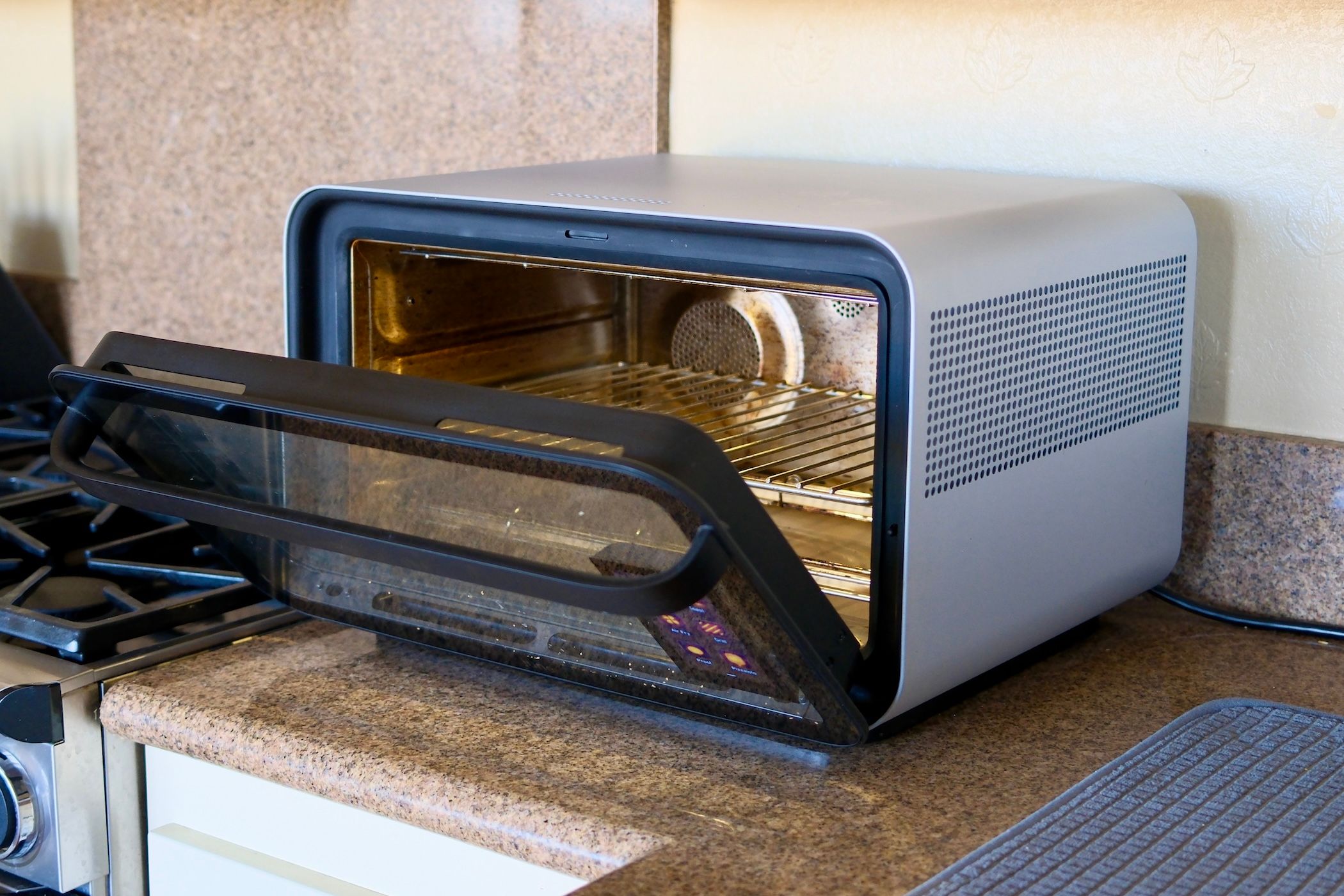
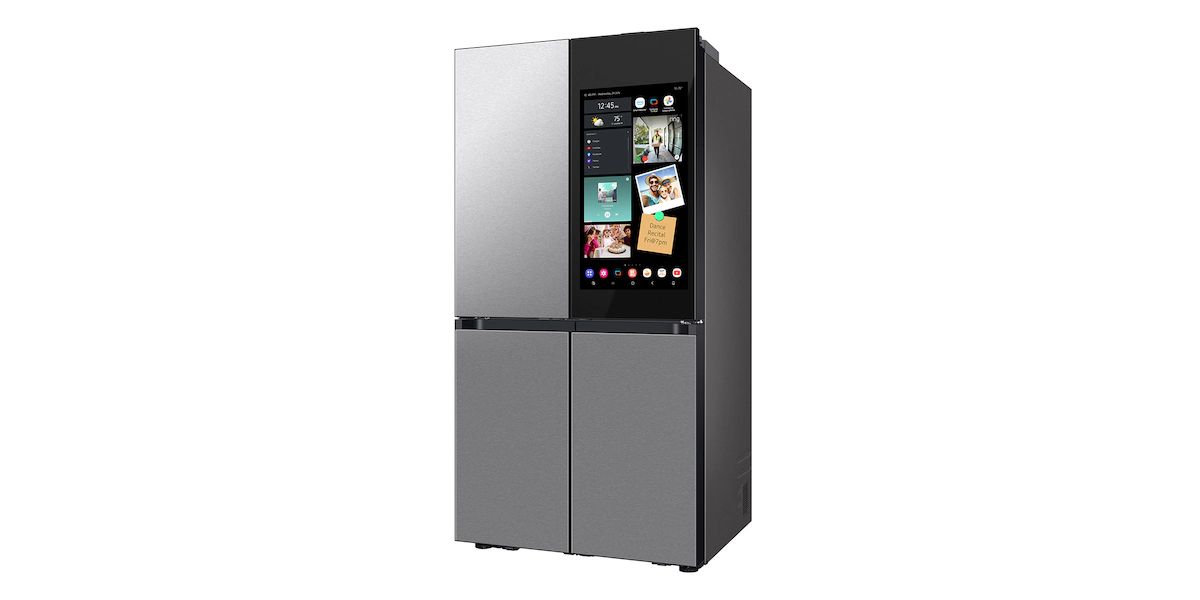





Leave a Comment
Your email address will not be published. Required fields are marked *